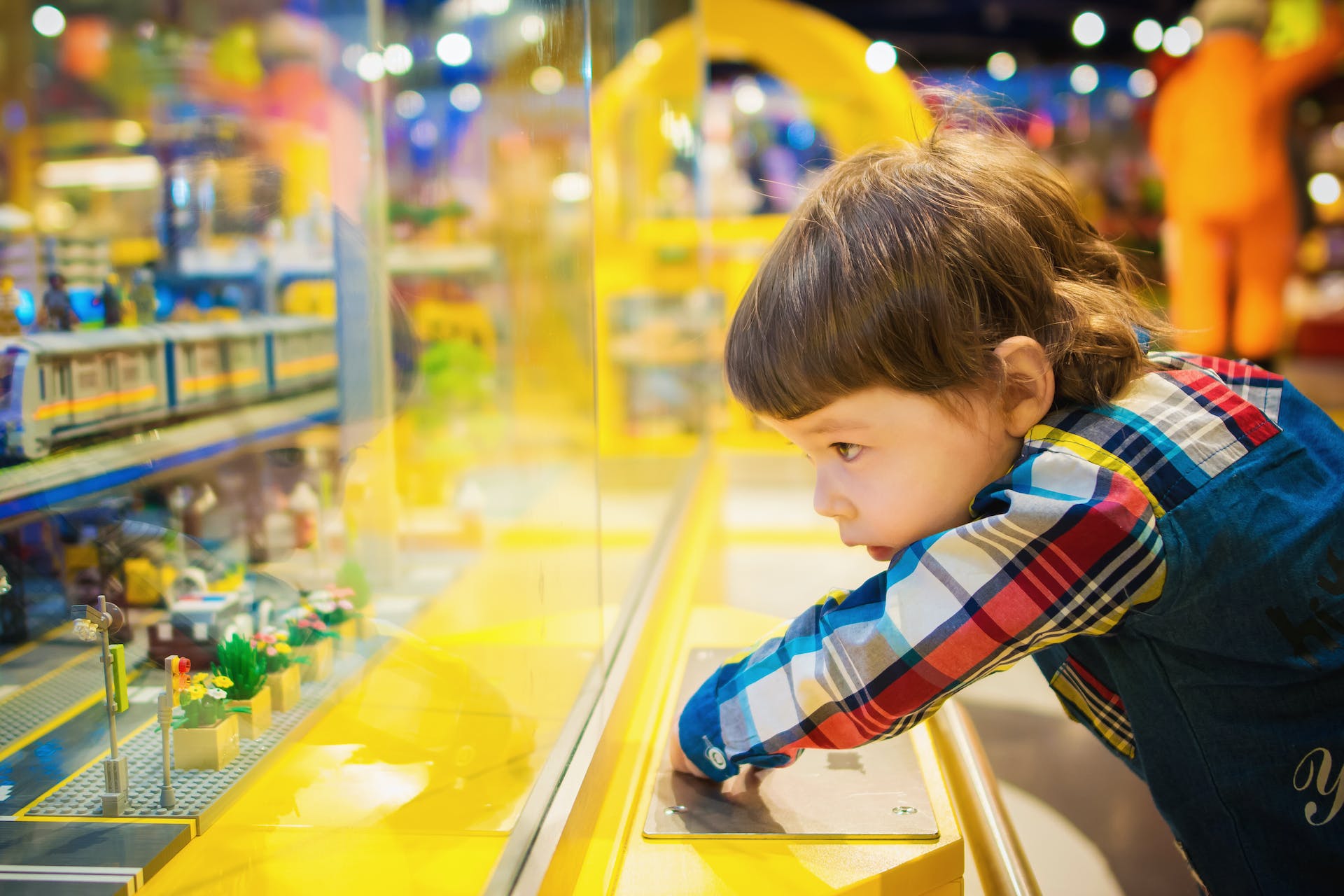In the enchanting world of children’s toys and their commercials, voice over plays a pivotal role that often goes unnoticed, yet significantly shapes the young minds that engage with them. Voice over in children’s toys and toy commercials is not just about selling a product or providing entertainment; it’s a nuanced art form that combines creativity, psychology, and technology to create memorable and influential experiences. This article delves into how voice over is used in these two spheres, highlighting its impact and importance.
Voice Over in Children’s Toys
Imagine a child pressing a button on a toy, and suddenly it comes to life with sounds, music, or words. That’s the magic of voice over in toys. These voice overs can take various forms – from simple phrases and songs to interactive storytelling and educational content. The versatility and effectiveness of voice over in toys can be seen in several ways:
- Educational Value: Many toys use voice over to teach children. These toys may recite the alphabet, numbers, or even foreign language phrases, providing an auditory learning experience.
- Emotional Connection: Toys that speak or sing tend to create a deeper emotional bond with children. The voice, tone, and content can make the toy feel like a friend, aiding in emotional and social development.
- Enhanced Play: Voice overs in toys can guide a child’s play, suggesting activities or sparking imagination. This interactive aspect can transform a simple toy into a dynamic tool for creative play.
- Sensory Stimulation: For younger children, especially, voice overs in toys provide vital sensory input, helping in their sensory development and understanding of the world around them.
Voice Over in Children’s Toy Commercials
Toy commercials are another realm where voice over has a significant role. Here, the objective shifts from interaction to persuasion and information. The voice over in a toy commercial must capture attention, convey information, and create a desire for the toy. This is achieved in several ways:
- Creating Excitement: The enthusiasm and energy in the voice over of a toy commercial can generate excitement and interest in the product. A dynamic and joyful voice can make the toy seem like a must-have for fun.
- Narrating Features: Many toy commercials use voice over to explain the features of a toy, guiding viewers through what the toy does and how it can be used. This descriptive aspect is crucial in helping children and parents understand the toy’s value.
- Brand Voice: Voice over helps establish a brand’s voice and identity. The choice of voice, whether it be playful, nurturing, or adventurous, can define a brand’s image in the minds of its young audience.
- Emotional Appeal: Commercials often use voice over to create an emotional appeal. For instance, a soothing and gentle voice can make a toy seem comforting, while a vibrant, excited tone can make a game seem thrilling.
The Impact and Challenges
The impact of voice over in children’s toys and commercials is profound. It can influence a child’s language development, cognitive skills, and even their preferences and behavior. However, there are challenges too. Ensuring the content is age-appropriate, culturally sensitive, and educationally valuable is paramount. Moreover, in an age of increasing digital exposure, balancing the traditional play with technological integration in toys is a growing consideration.
Voice over in children’s toys and toy commercials is an integral component of the play experience and marketing strategy. It has the power to educate, entertain, and inspire. As technology evolves and the way children play changes, the role of voice over will continue to adapt, always aiming to enchant and engage the youngest of audiences. This unseen, yet critical aspect of children’s toys and commercials, indeed plays a fundamental role in shaping the experiences of childhood.

